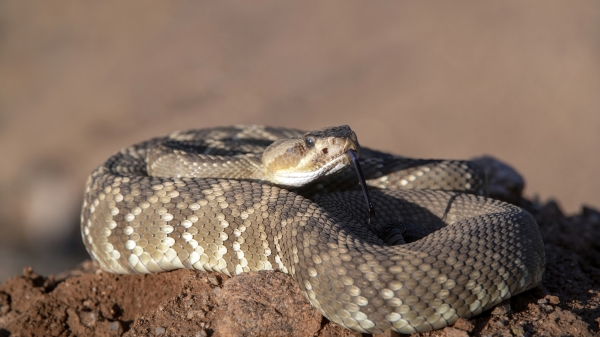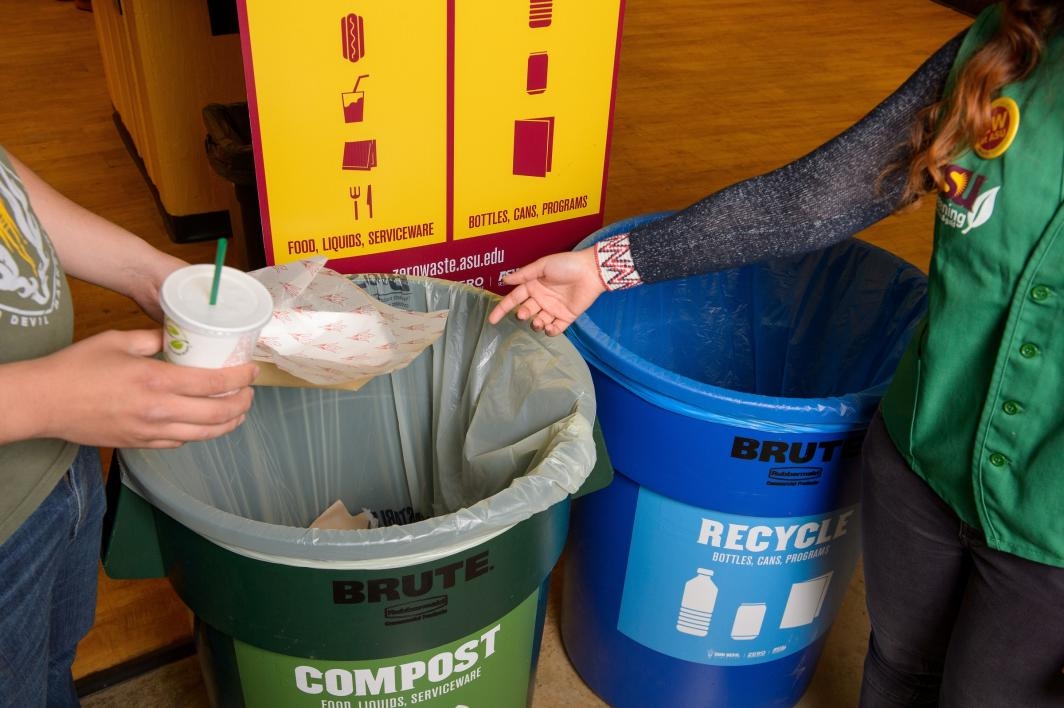ASU prepares for climate challenges, hosts workshops

The community is invited to help create a Climate Resilience working group at ASU.
With expected changes in climate, what will life at Arizona State University look like in the future? ASU community members have an opportunity to shape the answer.
The effects of climate change, a warming Earth and extreme weather events are expected to create new challenges for ASU’s campuses. As climate change effects become more severe all over the globe, it is imperative that higher education institutions lead the charge for climate action and demonstrate solutions.
ASU President Michael Crow is a Second Nature board member and a founding signatory of its 2006 Climate Commitment. ASU renewed and expanded its commitment in 2015, pledging to mitigate and adapt to climate change.
For instance, the Urban Heat Island could warm campuses 5.4 degrees Fahrenheit during the day and up to 22 F warmer than nearby rural areas. Changing monsoon patterns may exacerbate drought and increase flash flooding.
To proactively address these challenges, ASU University Sustainability Practices is hosting a workshop series in February and March on each campus in partnership with the Green Devil Network. The network empowers faculty and staff to inspire others and build sustainability solutions.
Students, faculty, staff and the community are invited to join the Climate Resilience Leadership Team. The team assesses risks and opportunities with existing campus projections and plans. Then, climate working groups imagine the ideal campus and create strategies to get us there.
Corey Hawkey, University Sustainability Practices assistant director, and Brian Grant, University Sustainability Practices climate resilience program assistant, led the ASU West campus events last fall. The two explained the impact of the forthcoming workshops and what they hope to achieve.
Question: What is climate resilience?
Grant: To be climate resilient is to be able to thrive in the face of a changing climate. Second Nature defines resilience as “the ability of a system or community to survive disruption and to anticipate, adapt and flourish in the face of change.”
Q: Describe the resilience plans process.
Hawkey: A Climate Resilience working group on each campus consisting of students, faculty, staff, city officials and community leaders will first create a risk assessment, then conduct a future-visioning exercise and, finally, develop a resilience plan to get to that future vision.
Q: The West campus has already completed the first two steps. Give examples of results from that process.
Hawkey: Stakeholders envisioned a much more porous campus, integrated with the surrounding neighborhoods physically, socially and programmatically. They see West serving as a regional hub for formal and informal learning at all ages.
Q: What issues will universities and colleges have to deal with because of climate change?
Grant: Higher education institutions will be affected by social, economic and environmental issues. Depending on the area, institutions could face increased sea levels, extreme heat, drought, wildfires, flooding and severe storms. They may become areas of refuge for their communities during extreme events.
Q: Why involve students, faculty, staff and the community?
Grant: A cornerstone of resilience is social cohesion. Our climate-resilience work operates on the notion that if one population is vulnerable, we are all vulnerable. At the same time, with social connectedness and flexibility, we can be each other’s most valuable asset. Climate resilience necessitates the university's social embeddedness.
Q: What is your goal for the spring events?
Grant: The intent of the upcoming workshops is three-fold: To educate people on what climate resilience means and why it is important, to facilitate greater social cohesion among university and community members and to complete resilience assessments.
For more information, contact Brian Grant.
More Environment and sustainability

ASU launches groundbreaking partnership to address water insecurity in Arizona
For the past two years, Arizona has contended with record-breaking heat and over 1,000 heat-related deaths in Maricopa…

There's a rattlesnake in your backyard: What do you do?
A snake slithers onto your back porch one sunny morning.What do you do?Call a relocation expert, grab a shovel and try to kill…

Pettinger to guide Southwest Sustainability Innovation Engine's sustainable technologies to market
There’s a lot of daylight between coming up with a good idea and turning that idea into something people can use.Katie Pettinger…



